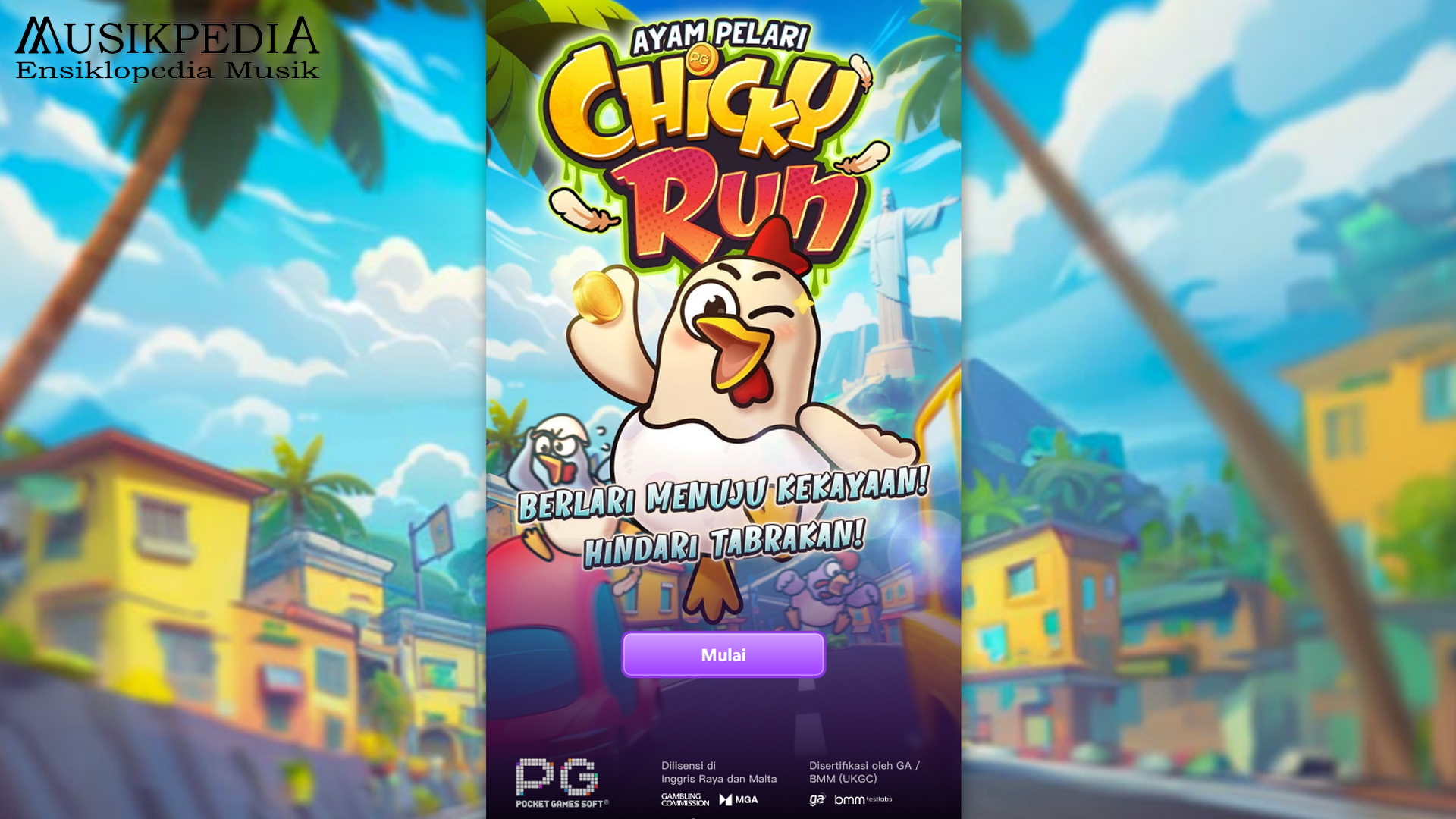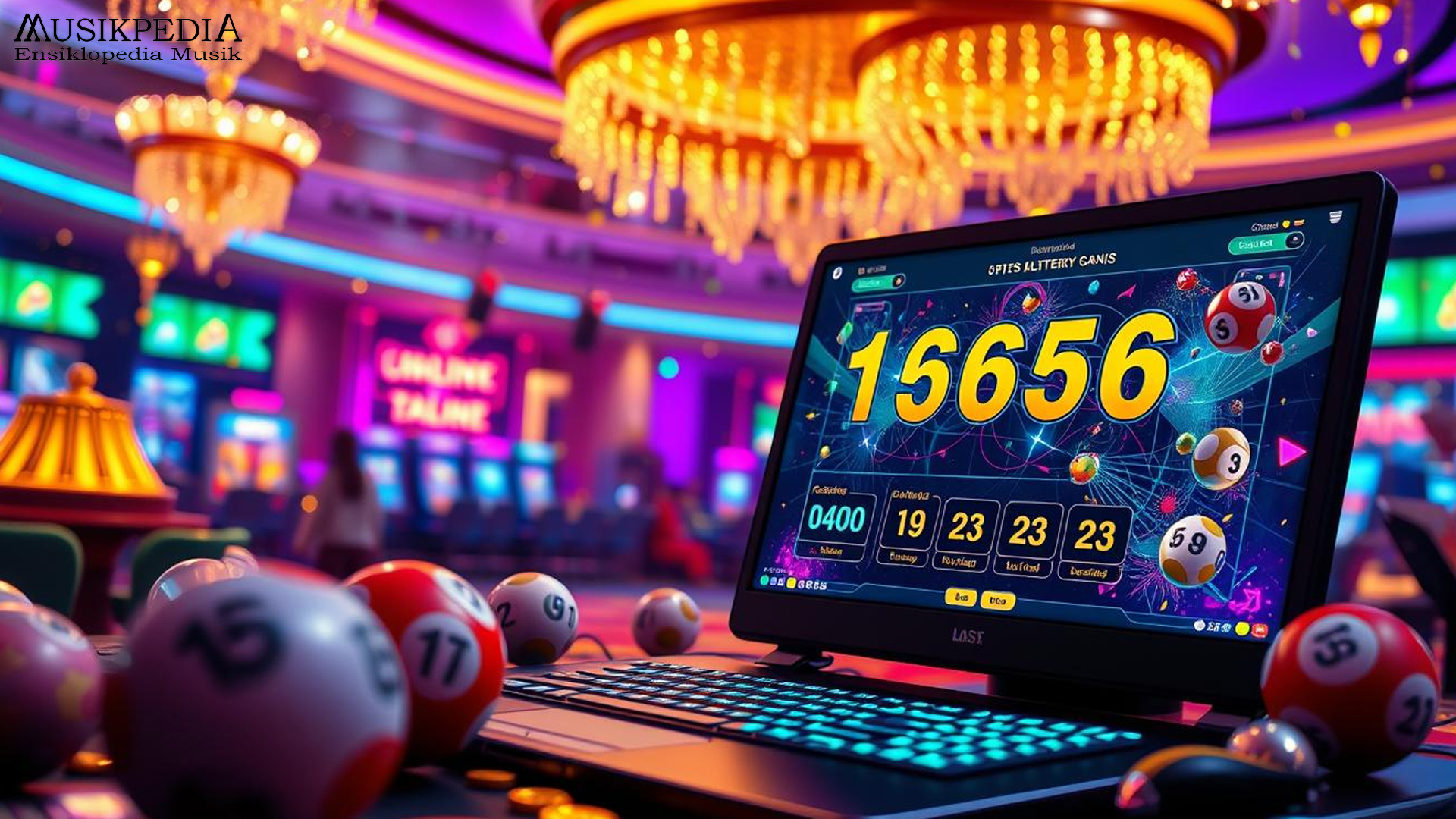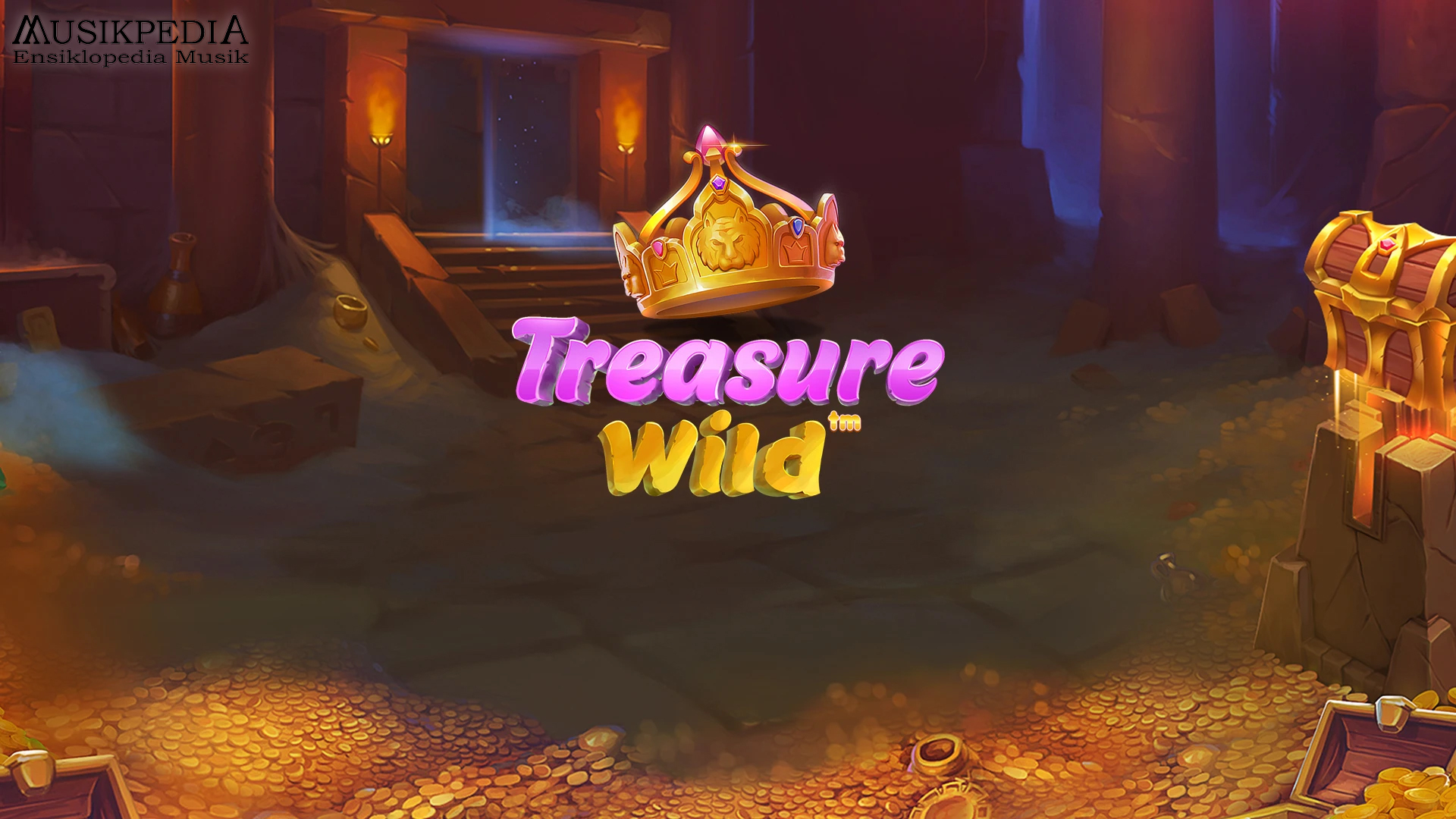Today, Garamond and Goudy Old Style are characterized by these same features. Calligraphic Scripts
These scripts mimic calligraphic writing. Many appear to have been written with a flat-tipped writing instrument. In January 2007 FontShop published the first independent typeface ranking.
Ink traps have remained common on designs intended to be printed on low-quality, absorbent paper, especially newsprint and telephone directories. Monospaced fonts are typefaces in which every glyph is the same width (as opposed to variable-width fonts, where the w and m are wider than most letters, and the i is narrower). The first monospaced typefaces were designed for typewriters, which could only move the same distance forward with each letter typed.
Font Type #1: Serif
Most of them use script and display typefaces for the headline. Not all serif and sans-serif headings are equally suitable for body and headline copy. Different types of those fonts are more readable at small sizes than others, while some of them have better characteristics in your large heading copy.
Transitional designs are most notable for having vertical stress in the bowls of lower-case letters. They have great contrast between sub-strokes and horizontally defined heads. This type was introduced by John Baskerville, a notable English printer and typographer from the mid-18th century. choosing fonts for website This style represents the modification of Old Style types and neoclassical designs, while adapting some definitive characteristics of its own. The oldest typefaces were called blackletter, and date back to the 1400s. These early typefaces were reminiscent of handwritten calligraphy.
Discover legacy content from FontShop.com, preserved for your reference.
Their use continued with early computers, which could only display a single font. Most monospaced fonts are sans-serif or slab-serif as these designs are easiest to read printed small or display on low-resolution screens, though many exceptions exist. Humanistic Sans Serif
These are based on the proportions of Roman inscriptional letters.
The majority of these types are inspired by letter forms from the 17th and 18th century, by writing masters like George Shelley, George Bickham and George Snell. This font family emulates handwriting, calligraphy and cursive. They take inspiration from historical practice in which most logo designs, headlines and shop fronts used custom-designs by engravers and sign painters. The slab serif family is characterized by thick block lines at the end of strokes.
Display type
Later designs were modified to have heavier and more obvious strokes and longer serifs. The successors to the Old Style serifs were called Transitional serifs, which made their first appearance in the 1700s. These typefaces had high stroke contrast and were more upright than their Old Style predecessors. Also called Glyphic, these are typefaces which are influenced by the engraving or chiseling of characters in stone, as opposed to calligraphic handwriting.
Scripts are based on handwriting styles, and can often be differentiated based on different tools, such as brushes, markers or pointed nibs. A web developer portfolio is like a 21st century modernized resume. It mainly consists of your best built projects, a summary of your skill set, and your achievements. Note that an application may reinterpret an explicit size,
depending on the context.
Make a beautiful logo in seconds
(This can make some scripts,
such as Arabic, look most peculiar.) The effect is similar to a manual
typewriter, and is often used to set samples of computer code. Font family names that happen to be the same as a keyword
value (‘inherit’, ‘serif’, ‘sans-serif’, ‘monospace’, ‘fantasy’, and
‘cursive’) must be quoted to prevent confusion with the keywords with
the same names. The keywords ‘initial’ and ‘default’ are reserved for
future use and must also be quoted when used as font names. In addition to its use in digital media, Georgia is also used in print.
- To preserve readability, a UA applying
these guidelines should nevertheless avoid creating font-size resulting
in less than 9 pixels per EM unit on a computer display. - The letters have wedged edges, diagonal stresses, bracketed, and light contrast in their font design.
- Fluent Fonts became mostly obsolete with the creation of downloadable PostScript fonts, and these new fonts are called Fluent Laser Fonts (FLF).
- The
keyword ‘normal’ is synonymous with ‘400’, and ‘bold’ is synonymous
with ‘700’.
The display typeface is a decorative script that is often used for logos, headlines, and similar purposes. It is often used for eye-catching as well as decorative purposes. It is also mostly used for short texts like slogans or headlines. A display typeface can best be described as an ornamental typeface. It can also be used for invitations, greeting cards, posters, words of thanks, and any type of announcements related to marriage, Birthdays, history-making, etc.
We can see the use of a script font in this flyer showcasing paintings at a gallery. They were mostly used in headlines and advertisements from the late 19th century up to the early 20th century. It was estimated to have been used from the late 15th century up to the mid-18th century.
Setting font properties will be among the most common uses of style
sheets. Unfortunately, there exists no well-defined and universally
accepted taxonomy for classifying fonts, and terms that apply to one
font family may not be appropriate for others. E.g., ‘italic’ is
commonly used to label slanted text, but slanted text may also be
labeled as being Oblique, Slanted, Incline, Cursive or
Kursiv. Therefore it is not a simple problem to map typical
font selection properties to a specific font. Trebuchet is characterised by its simple and clean lines and a strong emphasis on legibility and readability. It has a friendly appearance and is often used for large blocks of text.
Times New Roman is characterised by its small x-height, long ascenders and descenders, and moderate stroke contrast. It has a classic and formal appearance and is often used in formal settings such as business documents and academic papers. Garamond is a group of typefaces named after the French printer and type designer Claude Garamond (c. 1480–1561). Garamond was one of the leading type designers of the 16th century, and his designs have had a significant influence on the development of printing and typography.





